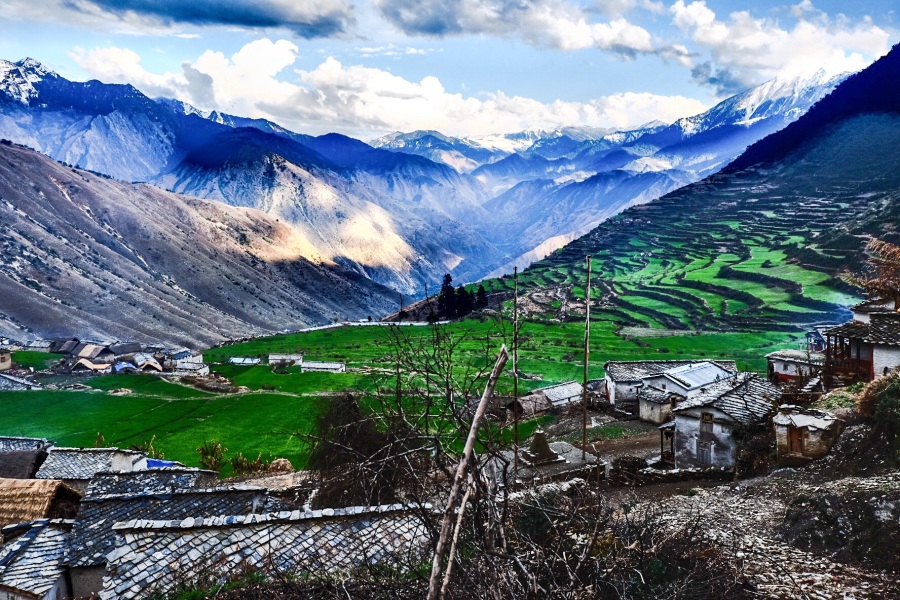
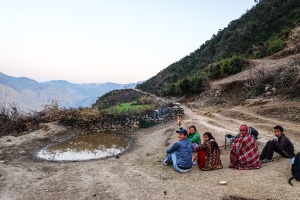
Journey to Dhim
The 6 hour trek through the midday sun seemed never ending. The last 3 hours were a punishingly steep incline, and i was ready to throw my backpack down the hill. I arrived slightly sun stroked and beaten, and Yogesh ( the healthworker supervisor) with broken shoes. We were pleasantly welcomed to smiles, laughter, tea and home made cel roti (a bit like doughnuts). Then 2 paracetamols and a sweaty sleep beset upon me before waking for Dal Bhat.
Dhim and the community
It was spectacular, the healthworkers’ narrow balcony overlooked mountains folding in like huge interlocked fingers deep into the valley. During the week the weather changed dramatically from sunshine to perpetual rains and snow higher up- the shifting views were incredible. One early morning I decided to meditate on the sun rise over the distant mountains. Phase staff often used early mornings for studying phase guidelines in bed- ‘when the mind is fresh’! Impressive dedication, which inspired me to get back into daily early morning meditation and yoga.
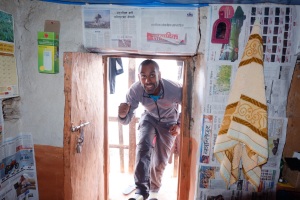
The water tap for the village was very far away from all residents. You would see people throughout the day, including very young children carrying up to 40 litres of water. I forced the health workers to let me help them collect water, partly to help, but also not to feel guilty for using the water that is so arduous to collect.

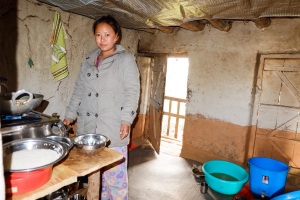
The communities gratitude to the health workers presence resulted in donations of spinach, coriander or fresh buffalo milk and even some nettle curry on one occasion. It was interesting in the community, by looking at the children, you could see some families managed to keep their children well nourished and clean, while others struggled. In clinic, the health workers were counseling mothers of malnourished children well, proved by impressive weight increases on follow up. There seemed to be many children not in school, which was a problem in all the villages I visited. Without an education it made me concerned for the development of future generations to lift themselves out of poverty.
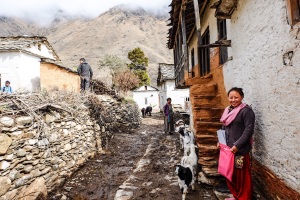
The health post
Kalpana and Sumjana are two healthwor
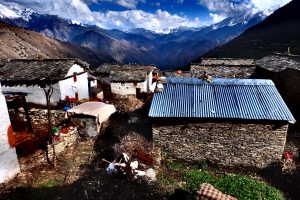
kers based in Dhim and have had the clinic running for 3 months. Strangely the government also set up a sub health post 2 weeks before I arrived, but as they do not have many medicines patients prefer the phase clinic, and also prefer the service. I can see why. The health workers spend time with the patients, and check everyones blood pressure as per the patients expectations. However, patients here like anywhere will complain that they have been waiting too long! A very small fee is charged to the patient for the upkeep of the clinic, and most are happy to pay it, and if they cant afford it they are not turned away. The government plan to build a new better health post in the village to accommodate the phase and government staff. Phase being present means more community development work, more medicines, and support and company to the government health workers. I wonder how frustrating it must be to be a government health worker here with limited medicines, limited training and no guidelines to help, while also being isolated from family and friends with little communication to the outside world.
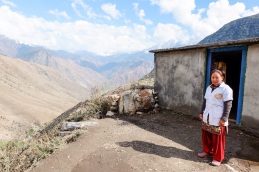
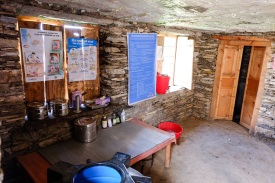
Interestingly in this community the women rarely call the phase staff for help with birthing as culturally having tears sutured is not well received. Women prefer to risk the complications as there is a perception it would otherwise affect future pregnancies. The tradition here is also to keep the mother and baby below in the barn for 20 to 30 days, they are also not allowed to use the public tap at the same time as others and would ideally bathe in a local river or stream. They are not allowed to touch anything or enter the house. When menstruating also the women follow the same rules for 4 to 5 days. The phase staff attempt to raise awareness that the lack of hygiene and cold conditions in the barn are a major risk to the newborn and mother.
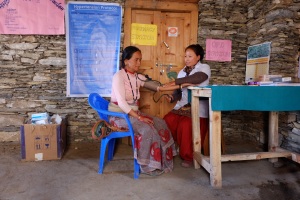
The clinic was very quiet, it usually is for some reason. But the bad weather made it less likely for people to come. We did still see many cases of severe malnutrition, gastritis, skin problems, psychosomatic complaints, and significant neurological disease. Delayed presentations were common. Time, money and the many days journey to a hospital meant many lived with serious disease in the community risking long term complications or worse.
May 2015: The above account was written pre-earthquake- however I understand that this part of Nepal has not been so affected as the Ghorka regions also discussed in this blog. I wish the best for all the people of Nepal in this very difficult time. I understand the healthcare workers here had returned to Kathmandu for their routine break and training, but have volunteered to some of the more affected rural communities to offer their support.

